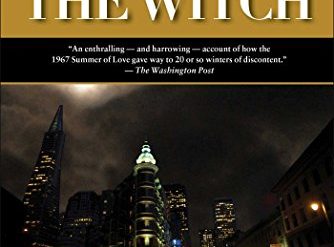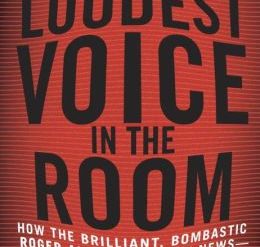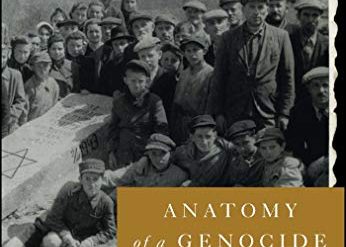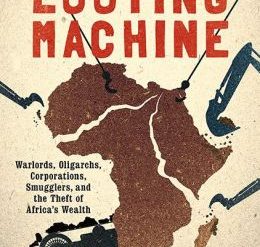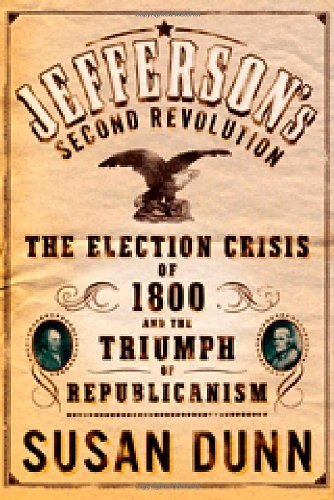
Estimated reading time: 7 minutes
Three times in US history a presidential election has brought the nation to the brink of civil war. In 2020, when Donald Trump attempted to remain in office after losing by seven million votes. In 1860, when the election of Abraham Lincoln actually did trigger the Civil War. And in 1800, the election that ended 12 years of patrician rule and delivered the White House to Thomas Jefferson and the forces of democracy. And when the Virginian ultimately settled into the presidency in 1801, he engineered what historian Susan Dunn rightfully calls Jefferson’s Second Revolution. Her book is a stellar example of historical research and writing—history at its best.
The future of America hung in the balance
When George Washington died in 1799, the young republic was in a sorry state. The government had imprisoned dozens of opponents of the Federalist Administration, mostly newspaper editors, under the Sedition Act passed the previous year. And the volatile President, John Adams of Massachusetts, had alienated most of his allies, Alexander Hamilton chief among them. Thus, when his party nominated him for reelection in 1800, he had few friends and little enthusiastic support. And he faced Thomas Jefferson of Virginia with his fast-growing Republican Party. The future of America hung in the balance.
In the resulting campaign, the two candidates remained on the sidelines out of propriety. The contest devolved into an exchange of inflammatory personal insults between Federalist and Republican politicians in what may well have been the dirtiest presidential campaign in American history.
Jefferson’s Second Revolution: The Election Crisis of 1800 and the Triumph of Republicanism by Susan Dunn (2004) 372 pages ★★★★★
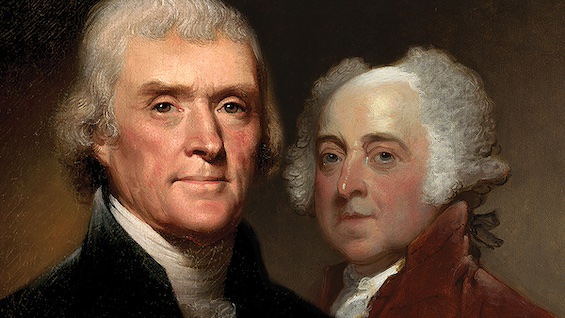
An unexcelled study of electoral politics
As a study of politics under stress, Jefferson’s Second Revolution is unexcelled. The election campaign of 1800, and the post-election shenanigans that followed it in 1801, posed a Constitutional question unique in American history. Two candidates—Thomas Jefferson and Aaron Burr—received an equal number of votes in the Electoral College. And a flaw in the Constitution forced the decision into the House of Representatives. Dunn digs deeply into primary sources to tell the tale in detail of the campaign as it unfolded and of the drama that followed in the Congress.
There, each of the 16 states received one vote—and Jefferson gained only eight votes on 35 ballots in a row over the course of a month. Not a single vote changed, and Jefferson’s election as President remained in doubt for a month until February 18. For three months, actually, since the Electoral College voted in December. It took 36 ballots to decide the question. A great deal of what we take for granted today in the United States might never have come to pass if the schemes and stratagems of Jefferson’s many enemies had managed to deny him the victory he’d won at the polls.
A near-fatal flaw in the Constitution
Now, if you’re wondering why the House chose between Jefferson and Burr rather than Jefferson and Adams, look to the ambiguity in the Constitution that permitted it. Article II, Section 1, Clause 3 of the Constitution as adopted in 1787 reads in part:
“The Electors shall meet in their respective States, and vote by Ballot for two Persons, of whom one at least shall not be an Inhabitant of the same State with themselves . . . The Person having the greatest Number of Votes shall be the President, if such Number be a Majority of the whole Number of Electors appointed; and if there be more than one who have such Majority, and have an equal Number of Votes, then the House of Representatives shall immediately chuse by Ballot one of them for President.”
Jefferson’s enemies could have elected Aaron Burr instead
In other words, even though Jefferson had run for President and Burr as his Vice-President, the House could have elected Burr rather than Jefferson. And Burr was an unprincipled scoundrel. He was on the ticket only because he could deliver the votes of New York to the Republicans. But that would have been constitutional. Federalists had a strong majority in the House of Representatives. Only after months of maneuvering, libelous exchanges in the press and in person, alarmist rumors of civil war, and underhanded schemes to divert the election to one of Jefferson’s Federalist enemies, did the drama end. On February 18, 1801, a handful of Federalists finally threw in the towel and acceded to Jefferson’s election.
The poorly written Article II, Section 1, Clause 3 was belatedly corrected in June 1804, six months before the next presidential election. The Twelfth Amendment passed then, distinguishing between candidates for President and Vice President.
Would the Federalists go peacefully?
But the 12th Amendment was four years in the future in 1800. In the young, untested republic, no one could assume the Federalists who had dominated the government for 12 years would allow Jefferson to assume the presidency. In all of history, no party in power had willingly stepped down, permitting their opponents to take command. Would they “willingly and peacefully hand power over to their political enemies, to these Republicans, men whom they not only loathed but also considered dangerous to the republic, to private property, to economic growth and a strong federal government, to everything they respected and cherished?” And in fact, as the 1800 election campaign unfolded, many among them were determined to reverse the results once it became clear that Jefferson would win. It was a close call.
Mutterings, and the hidden reality, of class war
The differences between the two parties were vast. On the issues, of course. But they were divided in far more fundamental ways than their theories of government and their legislative priorities. The Federalists were Anglophiles, while the Republicans identified with revolutionary France—at a time when war with France was a real possibility. Federalists regarded themselves as the wise and virtuous stewards of the nation’s stability, worthy of the people’s obedience and respect. They disdained the Republicans, whom they viewed as untutored “rabble and refuse” incapable of governing the nation.
Republicans viewed their opponents with similar contempt, Federalists were monarchists given to displays of pageantry and aristocratic pretensions. They saw government as the means to protect their own status, power, and wealth. In other words, this was a contest not just between political parties but between social and economic classes. There were mutterings of class warfare.
About the author
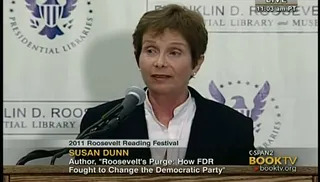
Susan Dunn has been a professor of humanities at Williams College in Massachusetts since 1988. Before moving to Williams in 1973, she taught at Harvard and Wellesley Colleges. She is the author of nine works of history, two of them coauthored with her Pulitzer Prize-winning domestic partner James MacGregor Burns. (Burns died at the age of 95 in 2014.) She is an expert on American and French revolutionary history and the political careers of Theodore and Franklin Roosevelt. She holds an AB cum laude from Smith College and a PhD from Harvard. Dunn lives in Williamstown, Massachusetts.
For related reading
You’ll find related content at:
- Top 10 nonfiction books about politics
- Top 20 popular books for understanding American history
- 20 top nonfiction books about history
- The top 5 books about Donald Trump
And you can always find my most popular reviews, and the most recent ones, on the Home Page.

